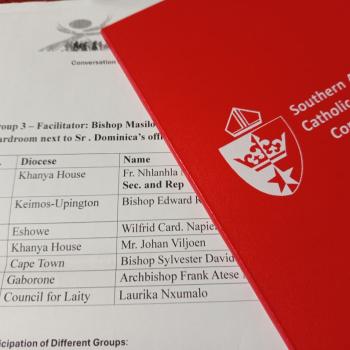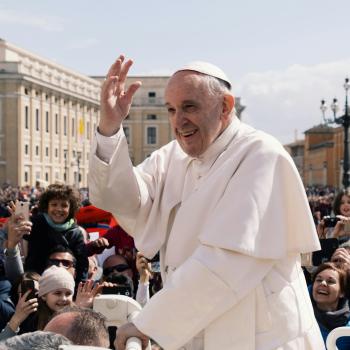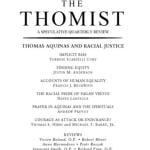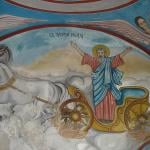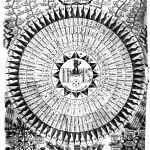The synodal Church and synodality have always echoed throughout Pope Francis’s Petrine Ministry. The late Pontiff laid the foundation for the navigation of his leadership and his vision for the Synodal Church in his first apostolic exhortation, Evangelii Gaudium (24 November 2013).

Pope Francis’s desire and vision for a synodal Church resulted in the convocation of the sixteenth Ordinary General Assembly of the Synod of Bishops.
The Synod on Synodality has now entered into the most important phase, that of implementing what’s written in the Final Document. This will surely come with its own challenges.
The Challenge
One of the challenges that greatly opposes synodality is clericalism. Clericalism is a vehicle that uses hierarchy to divide the clergy and laity. It is worth noting that even though clericalism refers to the abuse of power by the clergy, it is not limited to them alone – to some extent the lay faithful also perpetuate and help sustain such a culture, thus creating a fertile ground for certain problems to grow within the Church.

We have to recognize that it is the misinterpretation of the theology and teachings of the Church that predispose the laity to the culture of clericalism. In his study of Catholic clericalism that he conducted in 1993, Russell Shaw, states that in some way, the laity are more clerical than the clergy.
When the Second Vatican Council came into existence many lay Catholics and clergy were hopeful it would dismantle clericalism, especially because the Council advocated for the active participation of the laity in the life of the Church.

However, research has highlighted that the young priests of the current generation see themselves as being absolutely different from the lay faithful – they see themselves as a special group of men that God has set apart. Such an exaggeration often leads to different kinds of clericalism, which become detrimental for the laity and the clergy alike.
Types of Clericalism
There are three main forms of clericalism whose foundation is the “superiority and inferiority” concept. There’s institutionalized clericalism, there’s the one constructed by the social setting, and lastly, there’s the self-constructed clericalism.

Institutionalized clericalism is when the clergy put the laws and interests of the Church as an institution before the pastoral wellbeing of the laity. This type of clericalism becomes the breeding ground for the cover-up culture – and usually it is the cover-up of sexual abuse. Such clericalism turns the Church into a selfish and cold institution instead of a warm and welcoming home where everyone feels heard, seen, and loved.
The second kind of clericalism is the one that thrives in the social setting. The laity see priests as being socially, religiously, and intellectually superior to them. This kind of mindset enables the priest to run the parish as he wishes and without involving the laity in the decision-making; whether he’s wrong or right, the laity takes the backseat. This ultimately leads to pastoral proximity blockage and the clergy never receive the constructive feedback they need to faithfully serve the Church and Her people.
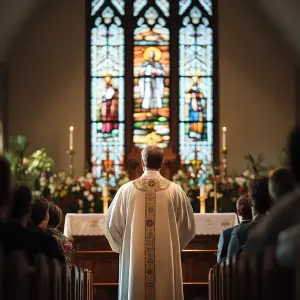
Lastly, there’s self-constructed clericalism. This type is when a priest thinks or makes the lay faithful think that he’s intellectually, religiously, and socially superior to them. He makes it seem that his ordination has set him apart from the laity. Such a priest instills fear in the laity – he makes them believe that questioning him or having a different opinion to his is a grave sin. He oppresses the lay faithful by obscuring the Church’s teachings – he’s not one to empower his flock.
It is because of clericalism that some believers have left the Church. Instead of being drawn closer to God, they were pushed to the peripheries. In the first article of chapter two of the Catechism it is written that,
“It pleased God, in his goodness and wisdom, to reveal himself and to make known the mystery of his will. His will was that men should have access to the Father, through Christ, the Word made flesh, in the Holy Spirit, and thus become sharers in the divine nature.”
Simply put, the knowledge and Word of God are for everyone, not for a select few set apart by authority or consecration. This is where the spirit of synod on Synodality takes precedence. Pope Leo has to oversee that the spirit of collaboration reigns supreme in the entire Church. The words of Pope Francis explained it candidly: “To set out on mission, the synodal Church now needs its shared words to be accompanied by actions. This is our journey.”
The Journey
Since clericalism is still alive within the Church, the task to build a synodal Church will not be an easy one, especially on continents such as Africa where patriarchy, which sometimes permeates into the Church and becomes a stepping stone for clericalism, still drives the lives of people in certain countries.
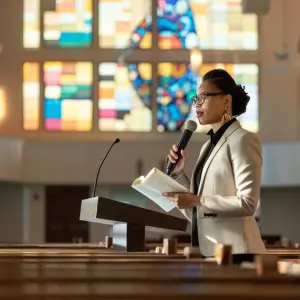
To eliminate clericalism the synodal process has to find ways and means following the laws of the Church to involve lay people, both men and men, in the decision-making processes that suit each local community. The Church must transcend its traditional pyramidal structure and foster a network of relationships, exchanging gifts among all members of Christ’s faithful.
The Solution
One of the most transformative and effective strategies to address clericalism is the revision of the seminary curriculum. Apart from being an institution of spiritual and intellectual formation, the seminary is the crucible wherein seminarians are taught to understand ecclesial authority, and where the development of their pastoral identity takes place.
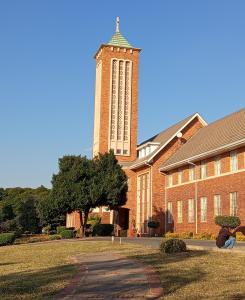
Restructuring how seminarians are molded into priests is important in building a Church into a synodal entity that is genuine and humble in being of service to God’s flock. The monastic metaphorical formation language that is often used in training seminarians has to be replaced with a language that promotes a sense of community and accompaniment, which will turn these future priests into authentic pilgrims of hope who journey together with the lay faithful.
Seminaries have to produce priests who will be more than capable of dealing with the current pastoral realities. Candidates have to be equipped to address ecological concerns, migration, digital culture, poverty, family breakdowns, relativism, and secularism, including the pains inflicted by scandals within the Church.
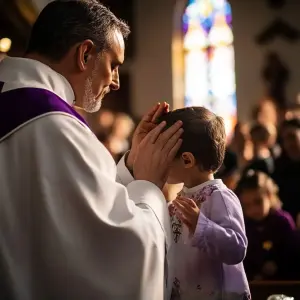
The Church needs priests who are more than just professional and academic – there’s a growing need for priests who are profoundly spiritual and who have the zeal to walk miles in another person’s shoes. Only then can they truly understand that being a priest is not about power and hierarchy, which perpetuate clericalism – being a priest is all about serving God through His people.

Synodality can only be successful where there are no power struggles.



